13 Classic TV Shows Boomers Still Watch on Repeat
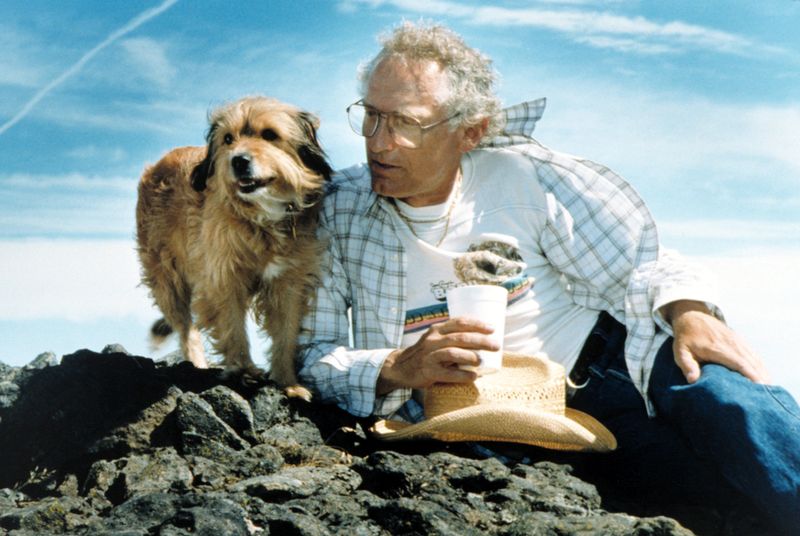
Television shaped an entire generation with stories that became part of everyday conversation. Baby Boomers grew up during the golden age of television when families gathered around the set for weekly entertainment. These classic shows didn’t just entertain – they created shared experiences and memories that continue to resonate today.
1. I Love Lucy (1951-1957)
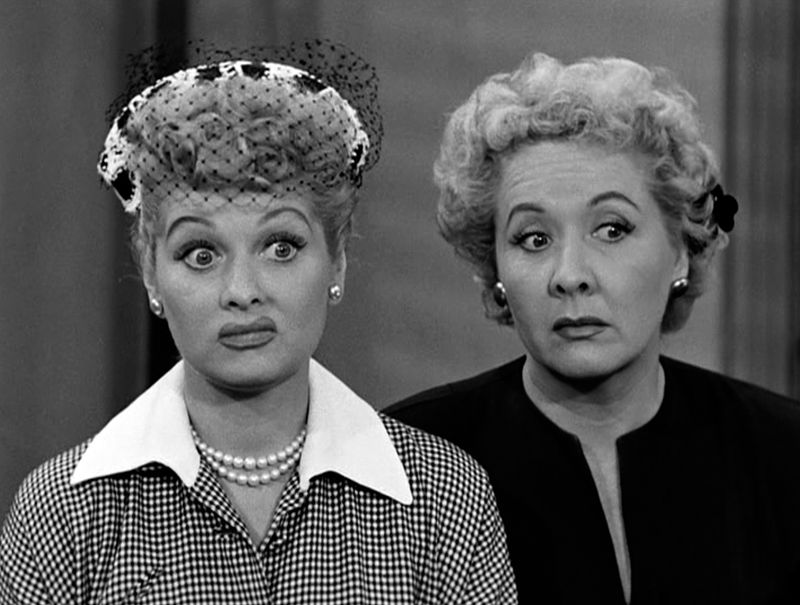
I Love Lucy remains one of the most influential sitcoms of all time, largely because of Lucille Ball’s groundbreaking performance. The show blended slapstick comedy with witty dialogue, creating episodes that audiences still quote today. Its innovative use of the multi-camera format became the blueprint for countless sitcoms that followed. Ricky and Lucy’s marriage dynamic, though often exaggerated for laughs, reflected real tensions of the era. The famous chocolate factory and grape-stomping scenes continue to circulate online, keeping the humor alive for younger generations. Boomers rewatch the series not just for the laughs, but for the nostalgia of simpler television storytelling. Each episode feels like a time capsule, offering a glimpse into mid-century American domestic life. For many, Lucy Ricardo’s antics still guarantee an instant mood lift.
2. The Andy Griffith Show
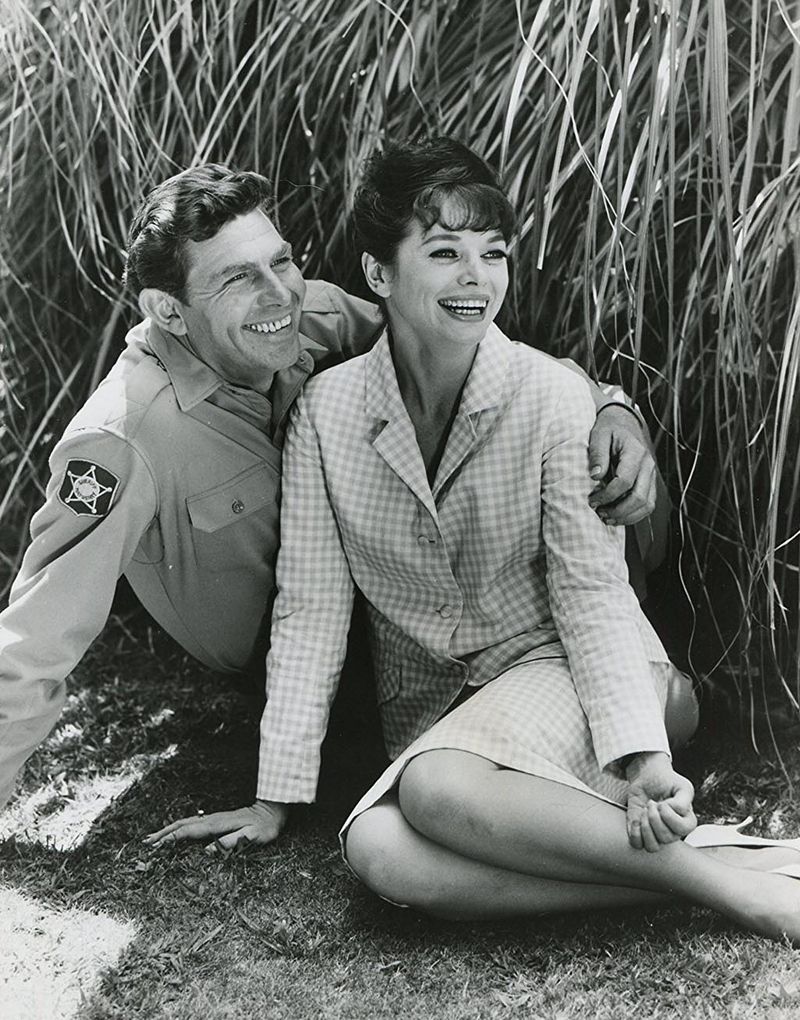
This small-town comedy captured the essence of Mayberry, a place many Baby Boomers still long for. Sheriff Andy Taylor balanced law enforcement with being a widowed father, creating heartfelt stories that resonated deeply. Barney Fife, played by Don Knotts, delivered side-splitting moments while also showcasing loyalty and vulnerability. The show’s slow pace and focus on community values stand in sharp contrast to today’s fast-moving entertainment. Generations of viewers admire the warmth and moral lessons at the core of each episode. The absence of flashy effects or high drama allowed characters to shine. Music, including the famous whistled theme, added to its timeless appeal. For Boomers, returning to Mayberry feels like visiting an old friend.
3. Leave It to Beaver (1957-1963)
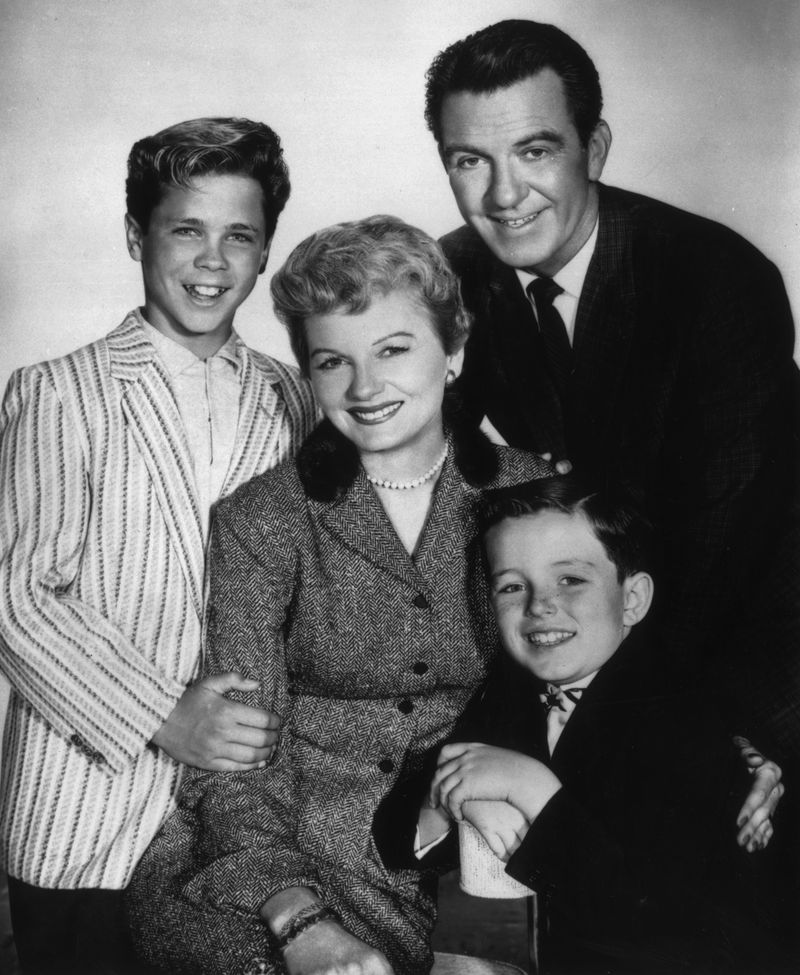
This family sitcom epitomized the idealized vision of postwar suburban life. Parents June and Ward Cleaver modeled patience and wisdom, guiding their children with firm but loving hands. Wally and Beaver’s adventures highlighted both the innocence and mischief of childhood. Every episode closed with a lesson, reinforcing values that many Boomers grew up with. Though sometimes criticized for being overly idealized, it remains a comforting escape. The 1950s fashions, homes, and dialogue offer a nostalgic glimpse into the era. Boomers often find themselves rewatching to relive the stability and clarity of those simpler times. Its legacy endures as a symbol of “the good old days.”
4. The Twilight Zone (1959-1964)
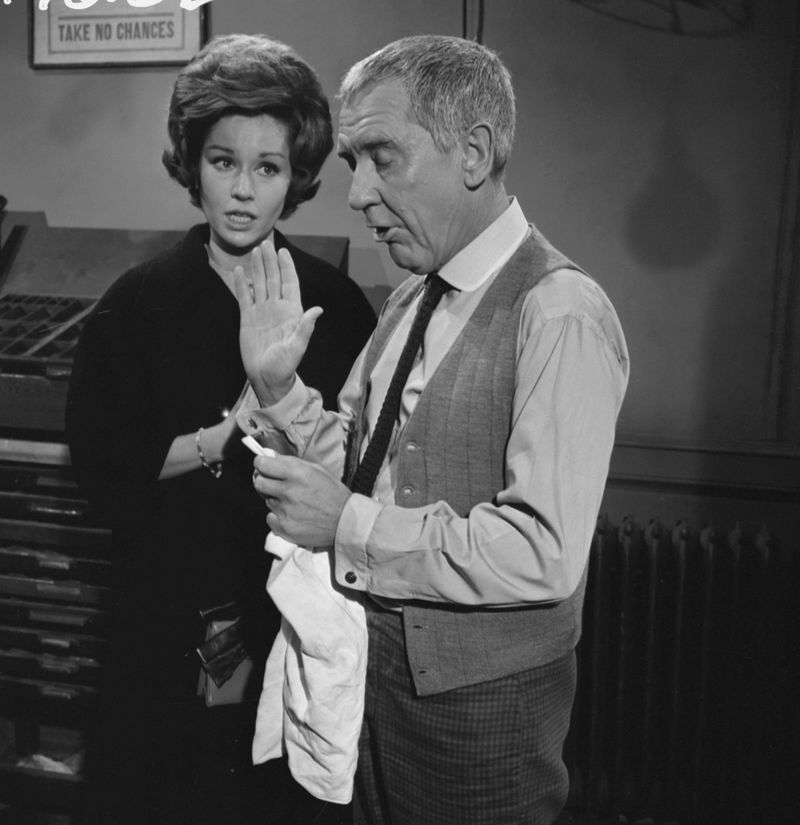
Rod Serling’s anthology series pushed the boundaries of what television could be. Each episode delivered a moral lesson wrapped in science fiction or fantasy. Twists and surprises made viewers question reality, society, and human nature. The black-and-white format only added to the show’s eerie and otherworldly atmosphere. Boomers often recall staying up late, unsettled by the stories but unable to turn away. Episodes like “Time Enough at Last” and “The Monsters Are Due on Maple Street” remain cultural touchstones. The series proved that television could be both entertaining and thought-provoking. Rewatching today still sparks the same chills and philosophical debates.
5. Bonanza (1959-73)
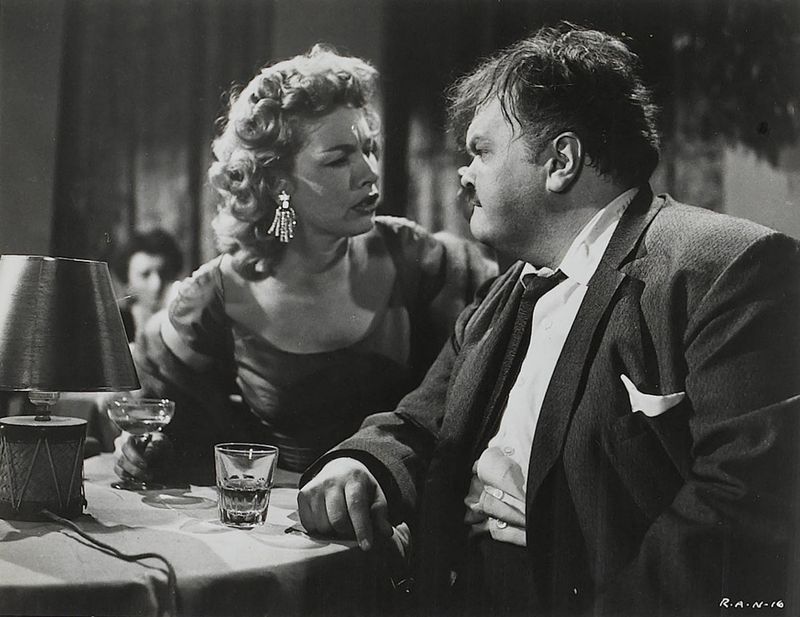
As one of the longest-running westerns, Bonanza captured the rugged spirit of frontier life. The Cartwright family’s adventures combined action, drama, and family loyalty. Each episode showcased moral dilemmas against the backdrop of the Old West. Boomers admired the show’s balance between entertainment and ethical storytelling. Expansive landscapes and period costumes transported viewers to another era. Patriarch Ben Cartwright’s wisdom anchored the family, making him a beloved figure. The show also reflected America’s fascination with western mythology during the 1960s. For Boomers, watching Bonanza is like saddling up for a ride into nostalgia.
6. My Three Sons (1960-72)
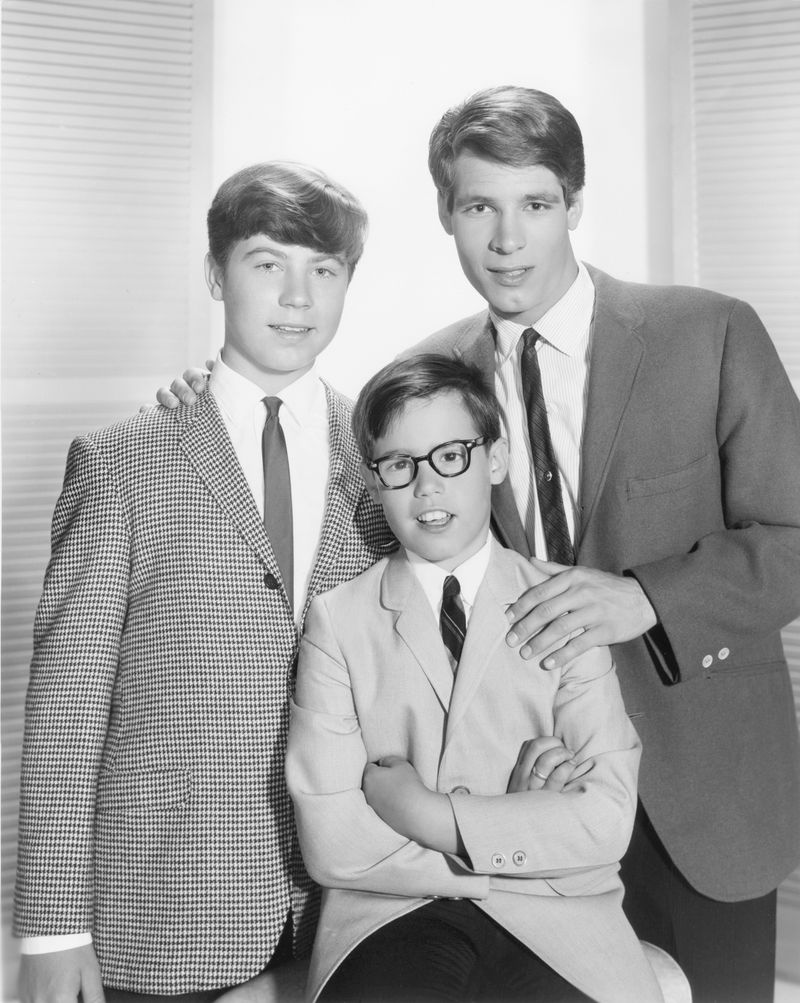
This wholesome family sitcom followed widower Steve Douglas and his three boys. Its depiction of family dynamics felt authentic and relatable to many viewers. The series evolved over its twelve-year run, with new characters and shifting storylines. Yet, it always maintained a gentle humor and moral center. Boomers recall tuning in weekly for stories that emphasized togetherness and resilience. The show subtly reflected societal changes, from fashion to attitudes toward family roles. Its long run gave audiences a chance to grow alongside the Douglas family. For many, it represents television at its most comforting and dependable.
7. Batman (1966-68)
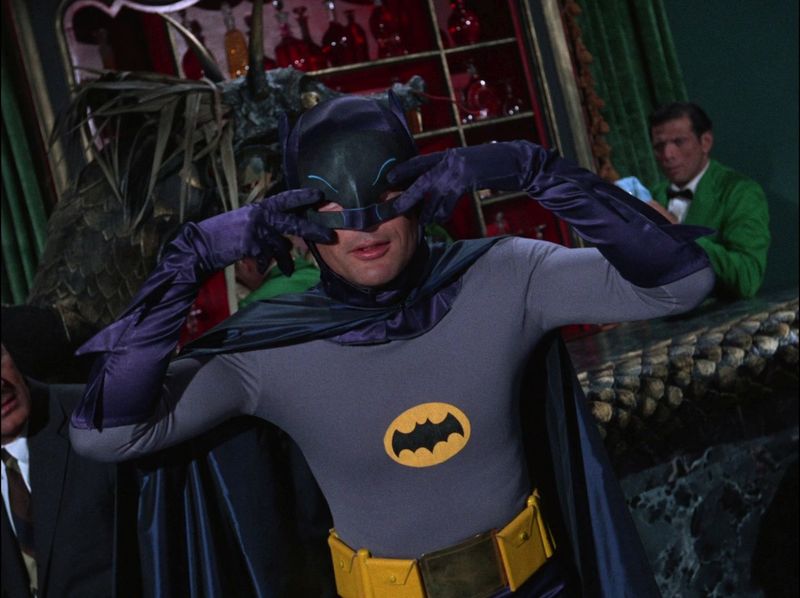
This campy take on the superhero genre became an instant pop culture hit. Adam West’s Batman and Burt Ward’s Robin turned crime-fighting into colorful fun. Catchphrases like “Pow!” and “Bam!” leapt off the screen, thrilling young Boomers. The exaggerated villains, from the Joker to Catwoman, became as iconic as the heroes. While lighthearted, the show introduced many to the world of comic book heroes. Its playful tone contrasts sharply with today’s darker superhero portrayals. The costumes, gadgets, and Batmobile all added to the sense of spectacle. For Boomers, Batman is both a childhood memory and a reminder of television’s joyful excess.
8. The Brady Bunch (1969-74)
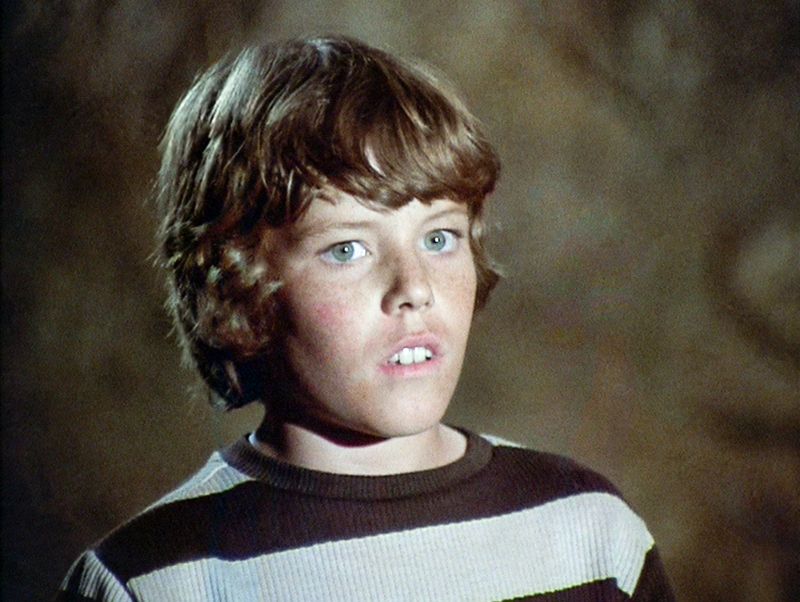
This blended-family sitcom symbolized the cultural shifts of the late 1960s. With six children and quirky household dynamics, it offered endless comedic possibilities. The theme song alone is unforgettable and still sparks instant recognition. Stories often centered on sibling rivalry, dating, or school mishaps. Boomers fondly remember the show’s lighthearted approach to real family challenges. The retro fashion and décor now add an extra layer of nostalgic charm. While critics saw it as cheesy, its optimism resonated with audiences. Watching today still brings back memories of Friday nights gathered around the TV.
9. Lassie (1954-74)
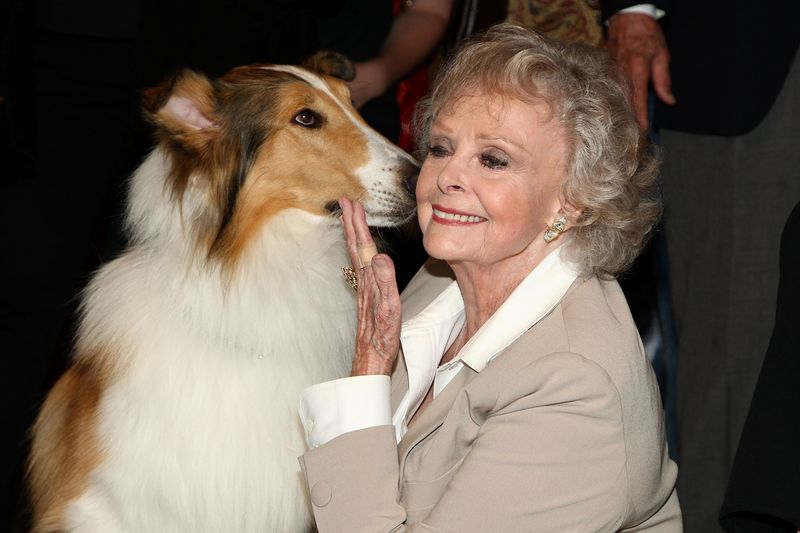
Week after week, the loyal collie saved the day in dramatic fashion. The series celebrated the bond between humans and animals, something timeless and universal. Boomers often recall watching as children, moved by Lassie’s bravery and devotion. Each episode reinforced messages of trust, kindness, and responsibility. The rural settings highlighted America’s deep connection to nature and farming life. Lassie became more than just a pet—she was a hero. For many Boomers, revisiting the show rekindles those childhood feelings of wonder and safety.
10. Perry Mason (1957-66)
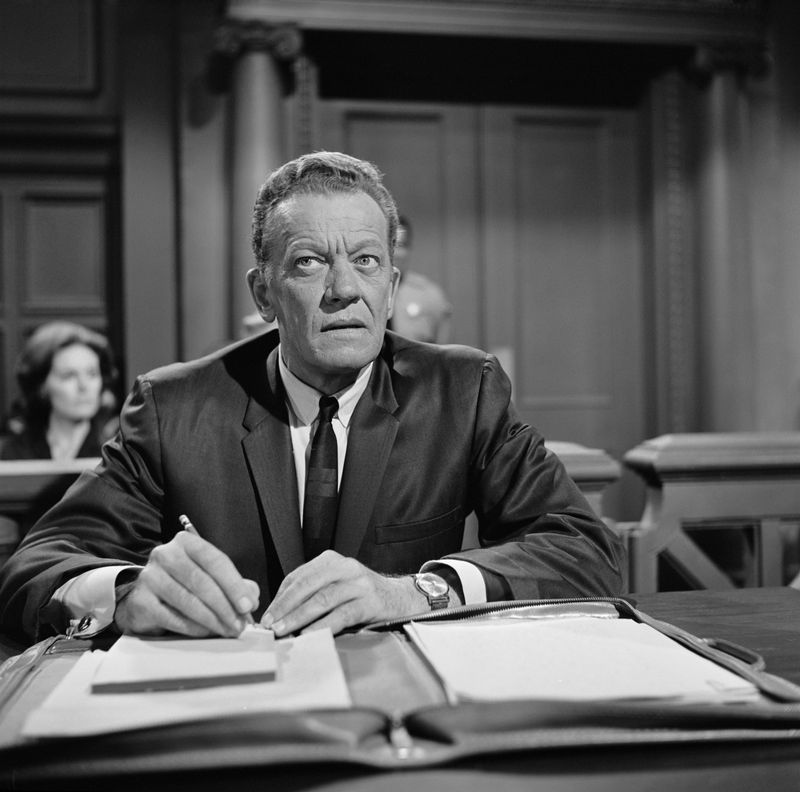
This courtroom drama made legal storytelling a television staple. Raymond Burr’s Perry Mason always seemed one step ahead of both judge and jury. The format—introducing a crime, building suspense, and ending with Mason’s reveal—never grew old. Boomers admired the clever writing and sharp performances. Each episode played like a mystery novel brought to life. The black-and-white cinematography enhanced its seriousness and gravitas. It remains a masterclass in procedural television. For Boomers, it’s a reminder of when TV could be smart, tense, and satisfying.
11. The Honeymooners (1955-56)
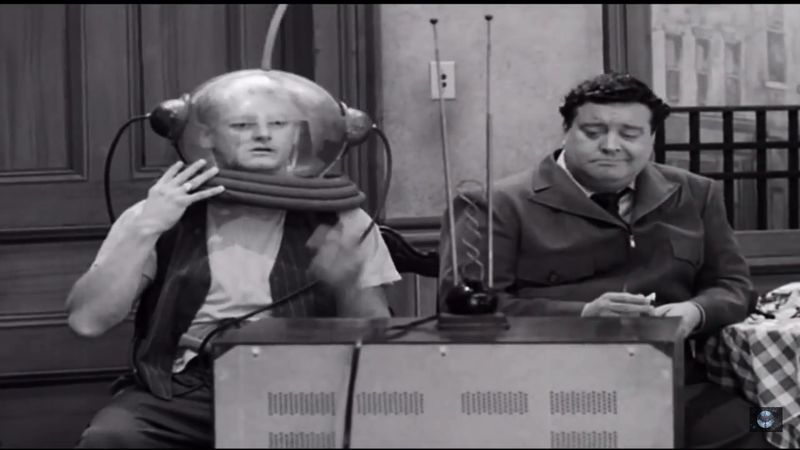
Though its original run was brief, The Honeymooners left an outsized legacy. Jackie Gleason’s Ralph Kramden embodied the frustrations of working-class life. Audrey Meadows’ portrayal of Alice gave the show its sharp wit and heart. Their constant bickering reflected the challenges of marriage with comedic flair. Boomers grew up hearing catchphrases like “To the moon, Alice!” long after the show ended. Its depiction of cramped apartments and everyday struggles felt authentic. The humor came from truth, not just slapstick. Watching today, Boomers see both the comedy and the social realism beneath it.
12. The Golden Girls (1985-92)
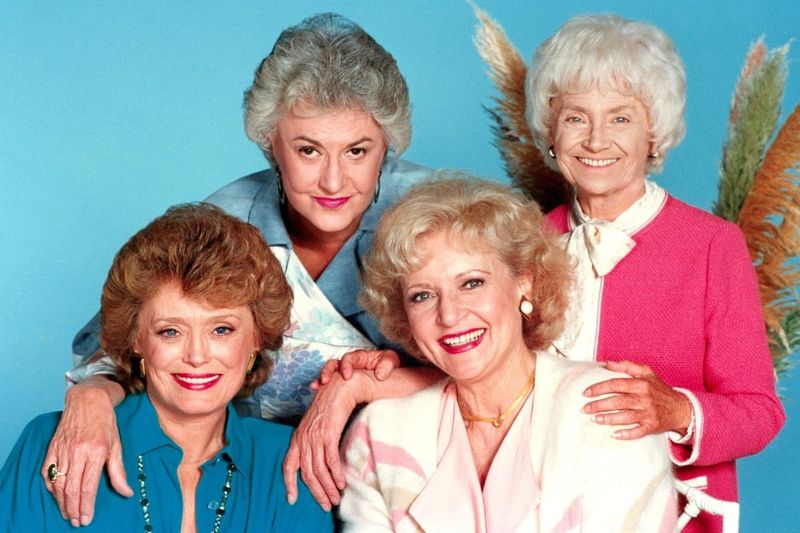
Though later than most shows on this list, The Golden Girls became essential viewing for many Boomers. Its portrayal of four older women living together was fresh and groundbreaking. Humor ranged from clever wordplay to sharp sarcasm, ensuring broad appeal. Each character brought a distinct personality that audiences connected with. Beyond laughs, the series tackled aging, friendship, and even taboo social issues. Boomers appreciate how it showed life after retirement as vibrant and fulfilling. The Florida setting added a sunny backdrop to the witty exchanges. For many, it remains comfort TV that proves laughter has no age limit.
13. Happy Days
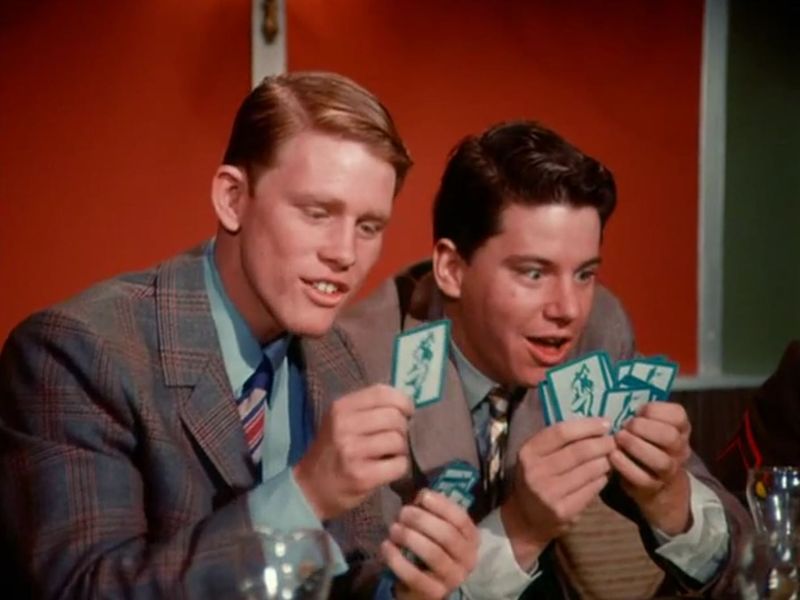
This nostalgic sitcom looked back on the 1950s through the lens of 1970s television. Richie Cunningham and his friends navigated teenage life with charm and humor. Henry Winkler’s Fonzie became an enduring cultural icon, embodying cool. The show mixed comedy with heartfelt moments, appealing to viewers of all ages. Its depiction of family life resonated with audiences who remembered similar times. Boomers often rewatch to relive both the fictional 1950s and their own youth. The catchy theme song and diner setting are instantly recognizable. For many, Happy Days is a reminder of television at its most fun and family-friendly.

Comments
Loading…